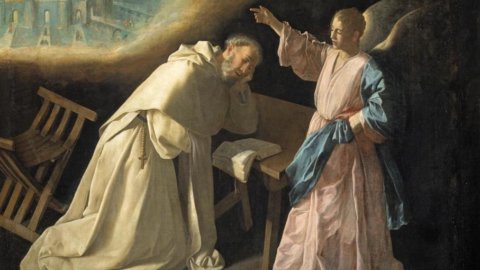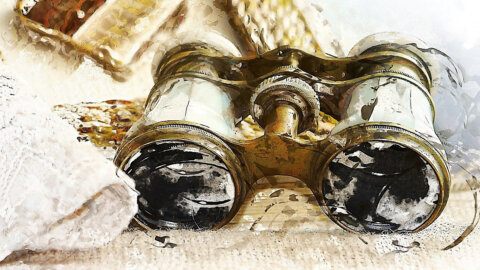With this review, curated by Ignacio Cano with the advice of Gabriele Finaldi, the city of Ferrara intends to relaunch its cultural project, aimed at making the Italian public aware of authors of the highest level and interest, but little known in our country.
Francisco de Zurbarán he was, together with Velázquez and Murillo, among the protagonists of the Siglo de oro of Spanish painting and of that refined naturalism which left a lasting legacy in European art.
What made the painter's style unique was his ability to translate the religious ideals of the Baroque age with grandiose and at the same time everyday inventions, shaping forms of such essentiality, purity and poetry, as to deeply touch the modern imagination, as transpires from the he work of those who, from Manet to Morandi, up to Picasso and Dalí, have looked at the work of the Sevillian master in the following centuries. In more recent times, authoritative studies and international exhibitions have definitively sanctioned his fundamental contribution to the history of art.
A rigorous selection of works from European and American museums and private collections will retrace the salient stages of Zurbarán's career. From the tests with which the artist establishes himself on the Seville scene, "Spanish Florence", such as The Vision of St. Peter Nolasco (1629, Madrid, Museo del Prado) or the later St. Francis of Assisi in his tomb ( 1630-34, Milwaukee Art Museum), marked by the dramatic and contrasted luminism of the current of tenebrism inspired by Caravaggio and Ribera, by the works following his stay in Madrid and contact with Velázquez, marked by a more sober lyricism, where more clear, happy glimpses of the landscape and domestic details, as for example in the Immaculate Conception with Saint Joachim and Saint Anne (c. 1638-40, Edinburgh, Scottish National Gallery) or in the Virgin and Child Jesus and the Infant Saint John (1662, Bilbao, Museum of Fine Arts).
The exhibition itinerary, divided into chronological-thematic sections, will highlight the painter's talent in imposing an innovative register on traditional genres and themes.
The subjects linked to Marian iconography amaze with their intimate and immediate vein, as shown by those works tinged with a suspended melancholy (The house of Nazareth, c. 1640-45, Madrid, Fondo Cultural Villar Mir), or capable of touching strings of extraordinary candor and tenderness (Sleeping Virgin Child, c. 1655-60, Jerez de la Frontera, Cathedral of San Salvador). And if the motif of ecstasy reaches peaks of incomparable intensity, as in the Apparition of the Virgin to Saint Peter Nolasco painted around 1628-30 (Private collection), the theme of meditation finds one of its most original interpretations in the crucified Christ with a painter (c. 1635-40, Madrid, Museo del Prado), a painting able to convey in the most direct way the intimate dialogue between the human and the divine.
One of the most advanced points in the direction of formal renewal are undoubtedly the still lifes and allegorical themes, such as A cup of water and a rose (c. 1630, London, The National Gallery) and Agnus Dei (c. 1634-40, San Diego Museum of Art). The poetic refinement of these paintings, in which the objects are placed in a rarefied and silent space, is entrusted to the sobriety of the composition, the purity of the forms and the direction of the luminous values. In these small-format works, as well as in the still lifes scattered throughout many of the canvases in the exhibition, Zurbarán returns the forms as purified by light, in a crystalline vision of detail and silent monumentality.
Lastly, among the artist's most original inventions are the large figures of saints, refined effigies that enjoyed extraordinary popularity and were mass-produced especially for the colonies of the New World. The sequence
brought together for this exhibition has remarkable results such as the Santa Casilda (c. 1635, Madrid, Thyssen-Bornemisza Museum), the Beniamino (c. 1640-45, private collection) and the Sant'Orsula (Genoa, Palazzo Bianco), which testify the ability to cloak the sacred episodes with an elegant charm, thanks to the refinement of the poses, the virtuosic rendering of precious fabrics and the brilliant palette. These majestic figures, facing the observer like the protagonists of a portrait, exert a magnetic fascination today as then.
Zurbaran (1598-1664)
Ferrara, Palazzo dei Diamanti, 14 September 2013 – 6 January 2014
Artwork image: Francisco de Zurbarán: Lamb of God, c. 1635-40 Oil on canvas, 35,6 x 52,1 cm The San Diego Museum of Art. Gift of Anne R. and Amy Putnam
Information www.palazzodiamanti.it





